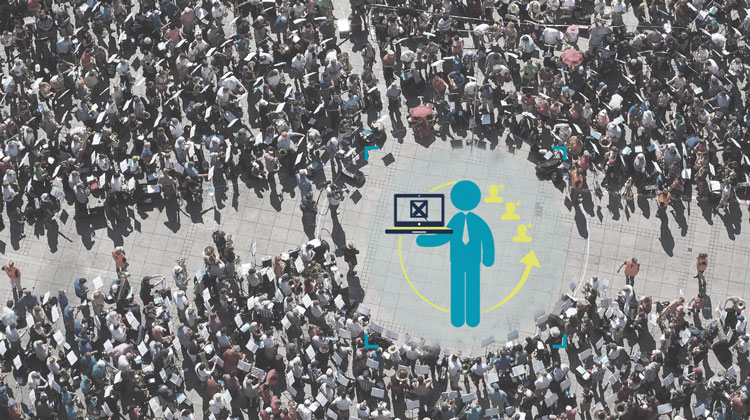
There is no lack of ideas for increasing voter participation. Some of them however, such as massive motivation campaigns, generate incredible organisational expenses, require a lot of planning and cannot be implemented particularly quickly. Yet others follow the saying, “Little cost, major effect.” One of these measures that can affect a lot of change has just six letters.

During the Bundestag election in 2013 it became clear that the imbalance in voter participation is growing. According to the study “Divided Democracy – Political Participation and Democratic Satisfaction before the Bundestag Election 2013” from the Bertelsmann Stiftung, the election results were “no longer socially representative”[1].
It became apparent that the basis of this imbalance can primarily be attributed to the social gap among the voters. To put it bluntly: Well-off portions of the population went to vote, and those with a weaker social position did not. The fact that entire social milieus behaved similarly mainly has to do with “belonging”, as do many other causes examined.
Right after the Landtag election in Bremen the subject of decreasing voter participation was openly discussed once more. Less people continue to vote, partially because less people now believe that they can change anything. The key to voter participation is called motivation – belonging to something, being able to change or participate in something.
Motivation can be created through the proper approach. The functional approach, or directly addressing the voter with their role, can be expanded through personalisation.